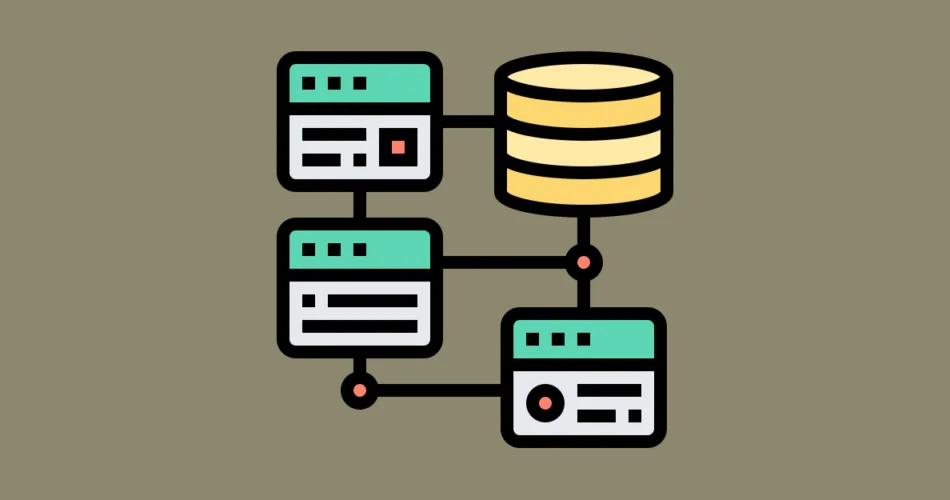Relational databases are the backbone of modern data storage and management systems. In this guide, we will delve into fundamental relational database concepts, including tables, rows, columns, primary keys, foreign keys, SQL queries, and joins.
Tables, Rows, and Columns
At the heart of a relational database are tables, which organize data into rows and columns:
- Tables: Tables represent entities or objects, like customers, orders, or products. They serve as containers for storing data in a structured format.
- Rows: Rows, also called records, are individual entries in a table, each containing data related to an entity. Each row represents a unique instance of that entity.
- Columns: Columns, also called fields, define the attributes or properties of an entity, such as name, ID, or price. Each column stores a specific type of data, ensuring uniformity across rows.
Primary Keys and Foreign Keys
Relational databases use keys to establish relationships between tables:
- Primary Keys: A primary key uniquely identifies each row in a table. It ensures data integrity by enforcing the uniqueness constraint, meaning that no two rows can have the same primary key value. Primary keys are crucial for data referencing and indexing.
- Foreign Keys: Foreign keys link tables together by referencing the primary key of another table. They establish relationships between tables and ensure referential integrity. Foreign keys help maintain data consistency by enforcing constraints, such as cascading updates or deletes when referenced data changes.
SQL Queries and Joins
Structured Query Language (SQL) is the language used to interact with relational databases:
- SQL Queries: SQL queries are commands used to retrieve, update, or manipulate data in relational databases. Common query types include:
- SELECT: Used to retrieve data from one or more tables.
- INSERT: Used to add new data records to a table.
- UPDATE: Used to modify existing data records in a table.
- DELETE: Used to remove data records from a table.
- Joins: Joins combine data from multiple tables based on related keys. Types of joins include:
- INNER JOIN: Returns rows that have matching values in both tables.
- LEFT JOIN (or LEFT OUTER JOIN): Returns all rows from the left table and the matched rows from the right table.
- RIGHT JOIN (or RIGHT OUTER JOIN): Returns all rows from the right table and the matched rows from the left table.
- FULL JOIN (or FULL OUTER JOIN): Returns all rows when there is a match in either the left or right table.
Understanding these fundamental relational database concepts is essential for database administrators, developers, and anyone working with data-driven applications. Whether you’re designing database schemas, writing SQL queries, or optimizing database performance, a strong grasp of these concepts is a valuable asset.
Subscribe to our email newsletter to get the latest posts delivered right to your email.


Comments